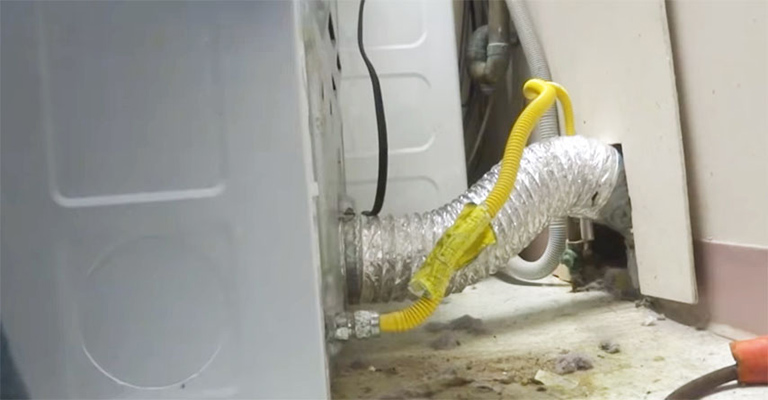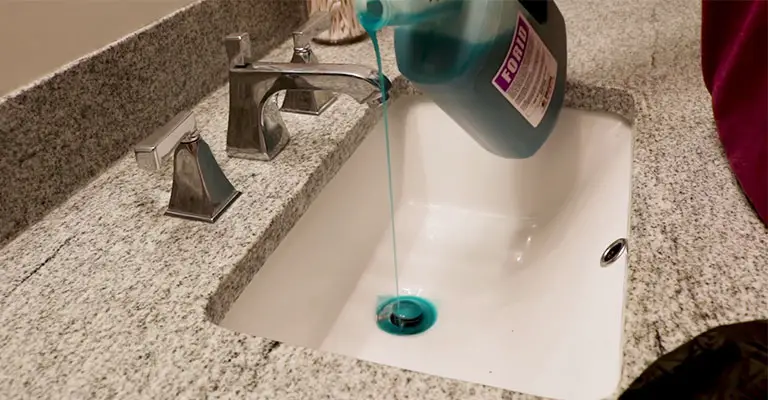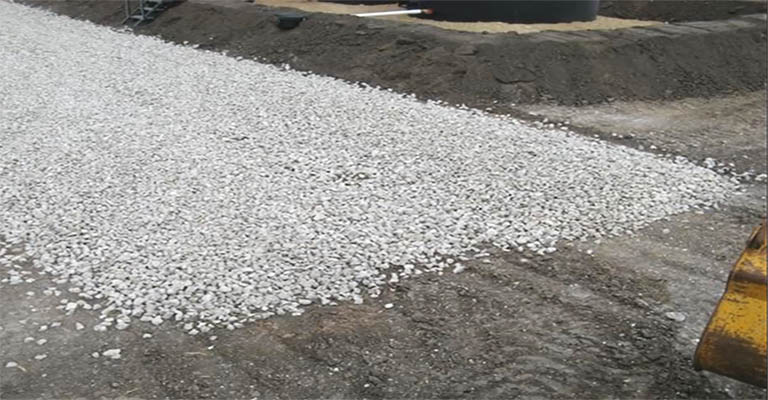Wood Floor Finishes: A Guide to a Viable Flooring Option
Wood floors are an enduring favorite among homeowners, offering a blend of natural beauty, durability, and a timeless appeal. But to truly enhance and protect the aesthetic of wooden floors, the right finish is paramount. Whether you’re installing a new hardwood floor or rejuvenating an old one, understanding the variety of wood floor finishes available can help you make an informed decision. Dive in with us as we explore the realm of wood floor finishes.
Why Opt for a Wood Floor Finish?
Before we delve into the different types, let’s understand the significance of a finish. A wood floor finish:
- Protects the wood from wear, dirt, moisture, and stains.
- Enhances the wood grain, elevating the aesthetic appeal.
- Extends the lifespan of the floor, saving money in the long run.
Types of Wood Floor Finishes
Oil-Based Polyurethane
Pros: Offers a warm glow and is resistant to wear. It’s one of the most popular finishes due to its durability and long-lasting sheen.
Cons: Emits strong fumes during application and takes longer to dry.
Water-Based Polyurethane
Pros: Dries faster than its oil-based counterpart and has a clear finish that doesn’t yellow over time. It’s also low-odor.
Cons: Slightly less durable and might require more coats.
Natural Oil Finishes
Pros: Eco-friendly option that deeply penetrates wood to nourish and protect. Examples include linseed oil and tung oil.
Cons: Needs regular maintenance and can be less resistant to spills.
Wax
Pros: Offers a low-sheen, classic look. It’s easy to touch up and provides an authentic, old-world charm.
Cons: Not as durable as polyurethanes and can be more prone to stains.
Shellac
Pros: Natural resin dissolved in alcohol, known for its quick drying time and warm amber hue.
Cons: Not recommended for areas with high moisture or traffic since it’s less durable.
Acid-Cured (Swedish) Finish
Pros: Exceptionally durable and perfect for exotic woods. It offers a high-gloss or satin finish.
Cons: Potent fumes and a longer curing time.
Choosing the Right Finish
Consider the following factors:
Traffic
High-traffic areas like hallways or living rooms require more durable finishes like polyurethane.
Aesthetics
Choose based on the desired look. For a rich, deep glow, oil-based finishes are ideal. For a clearer, natural look, water-based finishes or natural oils are your best bet.
Maintenance
Wax and natural oil finishes require more frequent touch-ups. If low maintenance is a priority, opt for polyurethane.
Eco-friendliness
If you’re environmentally conscious, natural oil finishes or water-based polyurethanes are preferable as they emit fewer volatile organic compounds (VOCs).
Tips for Applying Wood Floor Finish
Preparation is Key
Ensure the floor is clean, dry, and well-sanded. Remove any existing finish or wax.
Ventilation
Always ensure good ventilation, especially with finishes that emit strong fumes.
Test First
Before applying on the entire floor, test a small inconspicuous area to ensure the finish gives the desired effect.
Follow Manufacturer’s Instructions
Different finishes have varied application methods. Adhering to the manufacturer’s guidelines ensures optimum results.
Maintaining Your Wood Floor Finish
Once you’ve chosen and applied your desired wood floor finish, it’s crucial to ensure it stays in tip-top condition. Proper maintenance not only preserves the beauty of your wood floors but also extends their lifespan.
Routine Maintenance Tips
Regular Sweeping
Use a soft-bristled broom or a microfiber mop to remove dust and debris. This simple act can prevent scratches and keep your floors looking fresh.
Avoid Water
Never let water sit on a wooden floor. Spills should be wiped up immediately. For cleaning, use a damp (not wet) mop and dry the floor promptly.
Use Protective Pads
Furniture legs can scratch and dent hardwood floors. Always use protective pads under furniture. Consider using area rugs in high-traffic sections to reduce wear.
Avoid Direct Sunlight
Prolonged exposure to sunlight can fade wooden floors. Use blinds, curtains, or UV protective window films to shield your floors from direct sun.
Recoat Periodically
Over time, even the best finishes will wear. Depending on the traffic and the type of finish, consider recoating your floor every few years.
Addressing Wear and Tear
Even with meticulous care, wooden floors can show signs of wear and tear. Scratches, dents, or areas where the finish has worn away can be addressed without refinishing the entire floor.
For Scratches
Use a touch-up kit specifically designed for wood floors. These kits typically contain a marker or filler stick that matches various wood tones.
For Deep Scratches or Gouges
Fill with wood filler, sand the area gently, and then apply a matching finish.
Worn Out Areas
Spot-recoat these areas. Clean the section thoroughly, lightly sand, and then apply the finish.
Conclusion
Selecting the right hardwood floor finish is paramount to achieving not only the desired aesthetic but also the necessary protection. Whether you’re considering a deep, enriching wood stain, opting for an aluminum oxide finish for added durability, or leaning towards a penetrating oil sealer for those exotic wood floors, the myriad of choices ensures there’s a perfect solution for every homeowner.
Prefinished flooring planks, for instance, come with an aluminum oxide layer that provides an exceptionally durable finish, enhancing the life and beauty of the best hardwood floor options. In conclusion, no matter the wood flooring choice, ensuring it’s complemented with the ideal finish will make all the difference in both longevity and visual appeal.





